ABH 59.020 |
High Brown Fritillary Argynnis adippe
|
BF 1606 |
|
|
| Back To |
(Denis & Schiffermüller,
1775) |
|
|
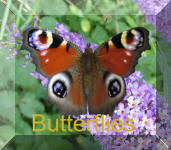
|
|
Phenology |
JAN |
FEB |
MAR |
APR |
MAY |
JUN |
JUL |
AUG |
SEP |
OCT |
NOV |
DEC |
|
| |
Family
|
Nymphalidae: |
|
|
|
Wingspan
|
Large;
wingspan,
Male to Female : 60-67mm |
| |
|
Description
|
Upper wings are orange with black markings
and the undersides are colored a duller orange with white and brown
markings. Whilst in flight it imay be difficult to o distinguish
from the dark green fritillary which has many of the same markings.The
main differential ID Character is by their undersides, where the
High Brown Fritillary has a row of brown spots between the outer
margin and the silver spangles, which are missing in the Dark Green
FritillaryThe male and female fritillary are morphologiically similar
Argynnis adippe ssp. vulgoadippe (Verity, 1929)Occurs throughout
the UK.This subspecies differs in its dimensions, the intensity
of the base colour and the extent of green and red on the underside
|
| |
|
Life Cycle
|
Common Dog-violet
(Viola riviniana) is used in all habitats, but Hairy Violet (V.
hirta) is also used in limestone areas. It may less frequently use
Heath Dog-violet (V. canina) and Pale Dog-violet (V. lactea).
|
| |
Habitat |
Favourable Habitat
Mosaics include Bracken dominated habitats or grass/Bracken mosaics
and limestone rock outcrops (likely where scrub or woodland has recently
been cleared or coppiced).In warm weather the fritillary is most active,
and spends most of its time flying low to the ground above and around
Bracken and other flora. |
| |
|
Links |
Abberants
 |
| |
|
Images |
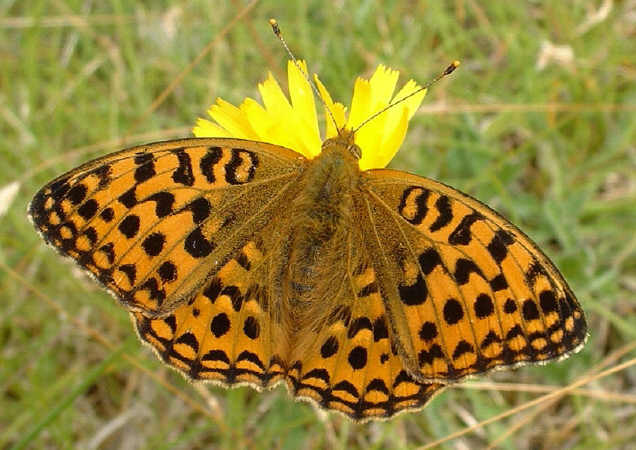
Image 1800 (C) Colin Duke 2007 Gaitbarrow NNR
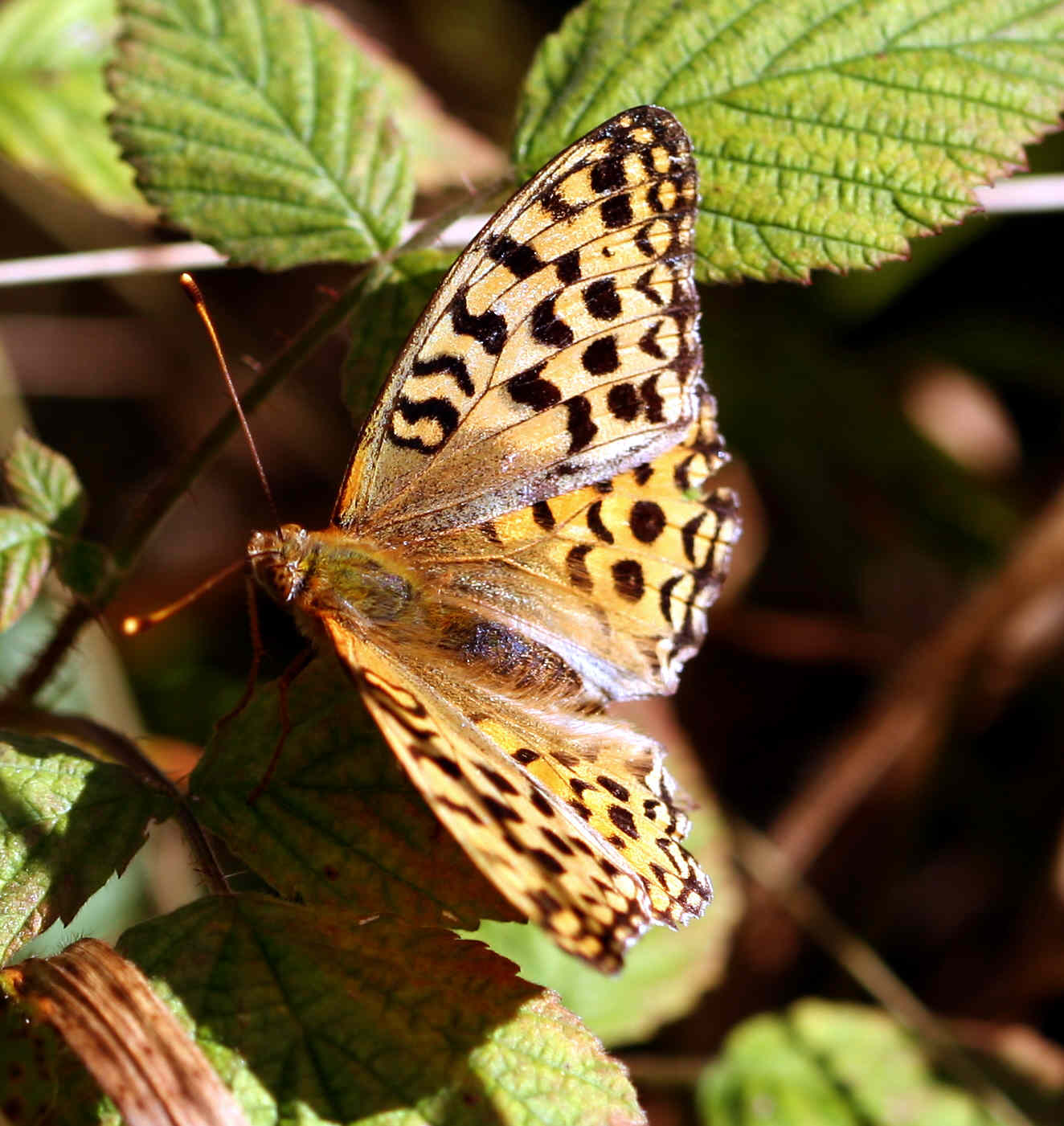
Image 1799 (C) Colin Duke 2007
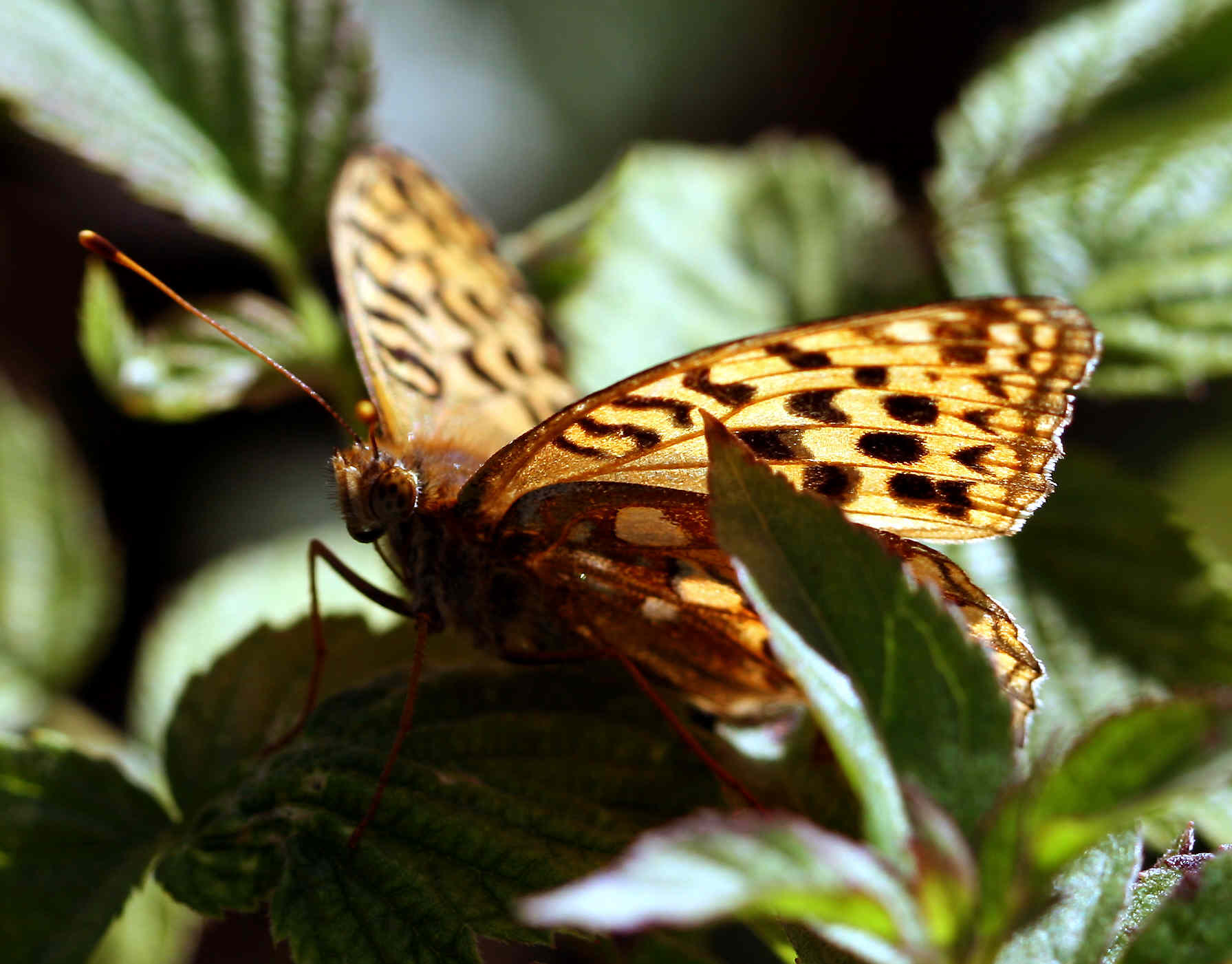
Image 1797 (C) Colin Duke 2007
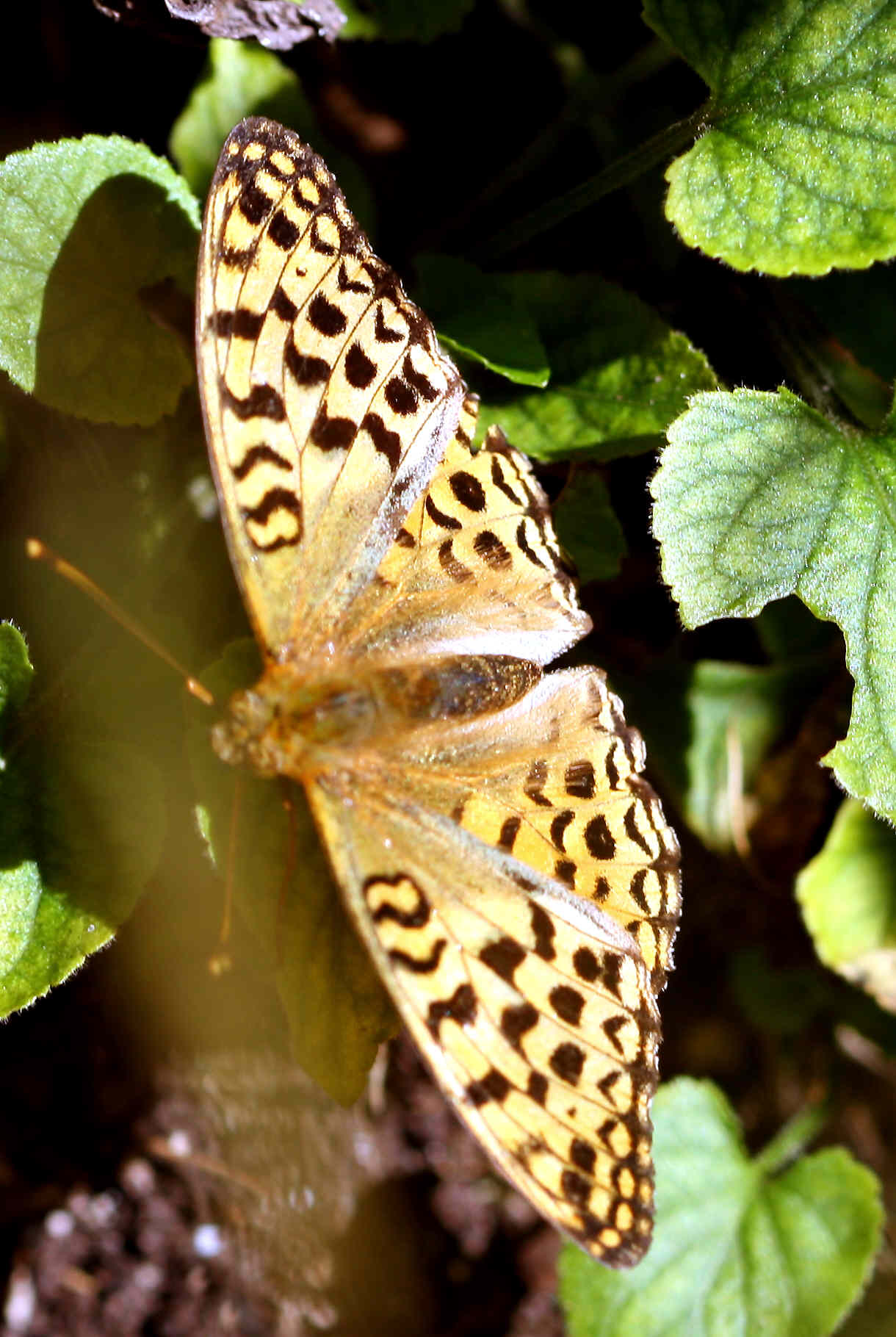
|
| |
|
|